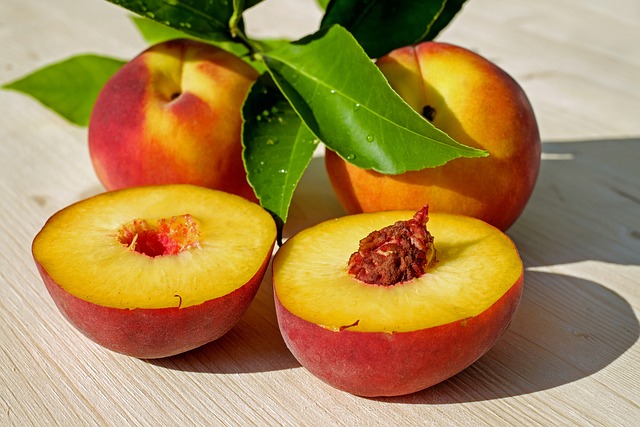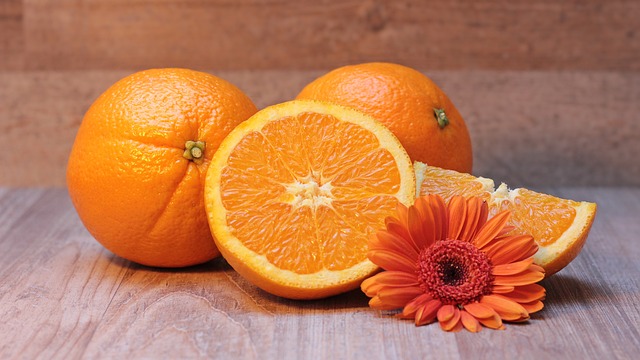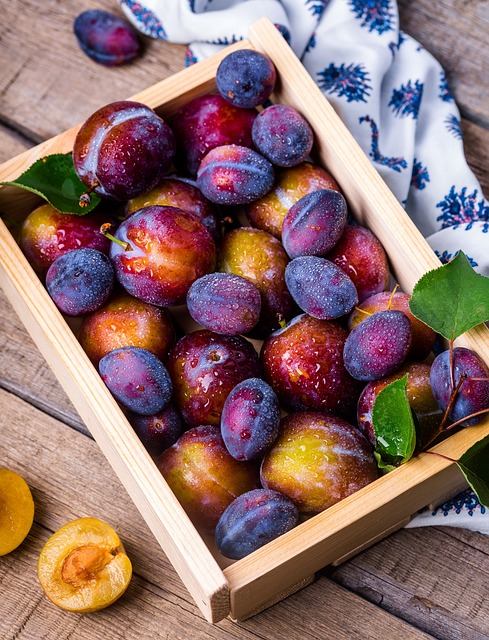From Yoghurt to Kombucha: Diving into The World of Probiotic-Rich Foods
Probiotics have gained significant attention in recent years due to their potential health benefits. These live microorganisms, often referred to as “good bacteria,” are believed to promote a healthy gut and improve overall well-being. While probiotic supplements are readily available, many individuals prefer to incorporate probiotics into their diet through natural sources.
One of the most commonly known probiotic-rich foods is yoghurt. Yoghurt is made by fermenting milk with live bacteria cultures, such as Lactobacillus and Bifidobacterium. These bacteria convert lactose, the natural sugar in milk, into lactic acid, giving yoghurt its characteristic tangy taste. Yoghurt is easily accessible and can be incorporated into various recipes, making it an excellent option for those looking to boost their probiotic intake.
Kefir is another fermented dairy product that is rich in probiotics. It is made using kefir grains, which are a combination of bacteria and yeast. The grains ferment milk, resulting in a tart and tangy beverage. Kefir contains a diverse range of probiotic strains, which may offer additional benefits compared to yoghurt. Additionally, kefir can also be made using non-dairy milk alternatives like coconut milk or soy milk, making it suitable for individuals with lactose intolerance or those following a vegan diet.
While yoghurt and kefir are popular choices, there are numerous other probiotic-rich foods to explore. Kimchi, a traditional Korean side dish, is made by fermenting vegetables like cabbage and radishes with a variety of seasonings. It is packed with beneficial bacteria and can add a spicy and tangy flavor to your meals.
Sauerkraut is another fermented cabbage dish that offers probiotic benefits. Originating from Germany, sauerkraut undergoes a natural fermentation process, resulting in a unique sour taste. It can be enjoyed on its own, served as a side dish, or used as a topping for sausages and sandwiches.
Kombucha, a fizzy and tangy fermented tea beverage, has gained popularity in recent years. It is made by fermenting sweetened black or green tea using a combination of yeast and bacteria. The fermentation process converts the sugar into organic acids and produces various strains of probiotics. Kombucha is available in a range of flavors and is often praised for its potential health benefits.
In addition to these fermented foods, there are other lesser-known probiotic sources worth exploring. Miso, a traditional Japanese paste made from fermented soybeans, can be used to enhance the flavor of soups, stews, and marinades. It also contains probiotics that contribute to gut health.
Another interesting option is tempeh, which is made from fermented soybeans. This Indonesian staple is rich in probiotics and protein, making it a popular choice among vegetarians and vegans. Tempeh can easily be incorporated into stir-fries, sandwiches, and salads.
When incorporating probiotic-rich foods into your diet, it is important to choose options that are unpasteurized and contain live cultures. Pasteurization kills the beneficial bacteria, reducing the probiotic content of the food. Additionally, it is recommended to start slowly and gradually increase your intake to allow your body to adjust to the changes.
While probiotic-rich foods can be a beneficial addition to a healthy diet, it is essential to remember that individual results may vary. If you have specific health concerns or conditions, it is always best to consult with a healthcare professional before making any significant dietary changes.
From yoghurt to kombucha, the world of probiotic-rich foods offers a variety of options to suit different tastes and preferences. By incorporating these foods into your diet, you can support your gut health and potentially reap the benefits of these live microorganisms.







